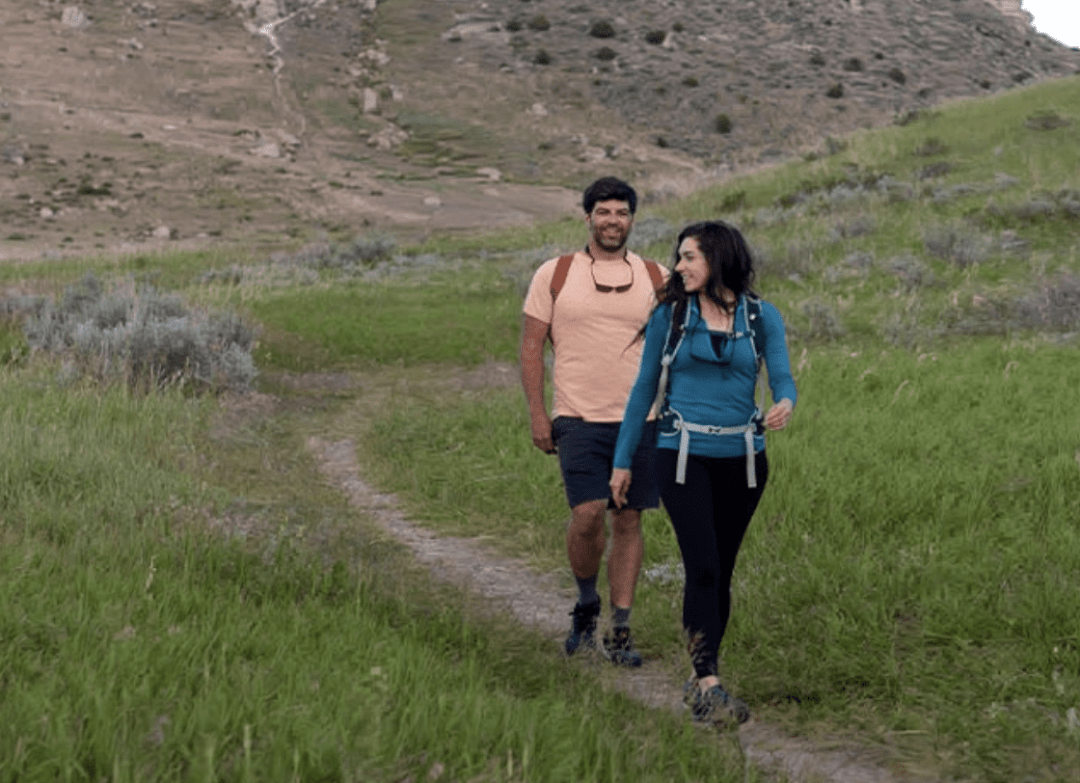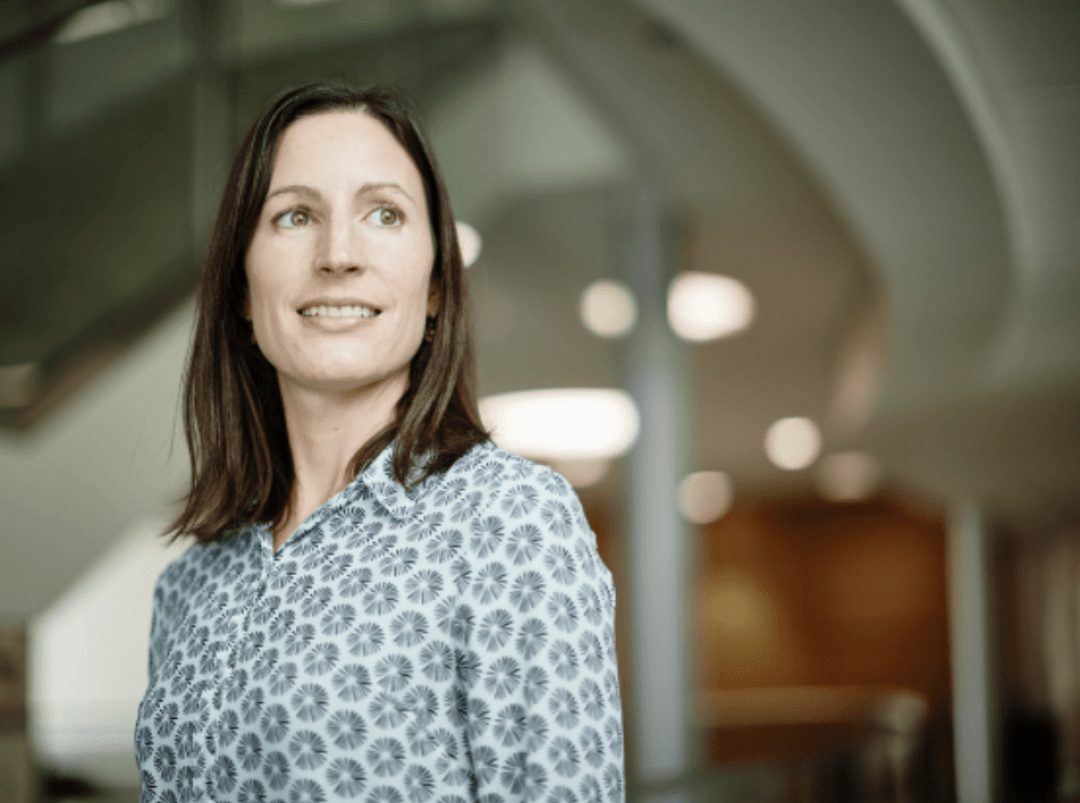
The stock market has been on a wild ride during 2022, and there are a lot of factors impacting it, from the ongoing effects of the pandemic, to supply chain issues and now instability in Ukraine. It’s difficult to stomach the ups and downs for a lot of investors, and as a result, they’re looking for new opportunities and approaches to investment.
The healthcare sector offers investment opportunities for individuals, particularly with new innovations always on the horizon.
So what should you know about investing in healthcare?
Is Now a Good Time For Healthcare Investments?
In The United States, as healthcare costs continue to rise, systems are due for a restricting. An estimated one-third of working Americans say their health-related costs went up just in 2021. The population of people over the age of 65 is set to go beyond one million by 2030, and analysts expect spending on healthcare will continue to outpace the expansion of the gross domestic product (GDP).
Currently, the U.S. spends more than 17% of its GDP on the costs of healthcare.
Healthcare makes up around 13% of the S&P 500, and you might want more exposure right now.
Some experts expect that since healthcare in America is among the most expensive in the world, changes resulting from the pandemic could create a shift to digital health and telemedicine, opening up opportunities for private and public investment.
Healthcare is also considered a defensive industry. The returns tend to be consistent as a result and unrelated to the overall stock market, so you might like that from a diversification standpoint.
Healthcare stocks are seeing more growth than the economy, not only because of the aging population but also technological advances in the industry.
Particular trends in the industry include the aging population, people with chronic diseases living longer, and personalized medicine.
What often happens when there’s overall volatility in the market and among investors is that they turn to something like healthcare. The names in healthcare are needed whether the economy is strong or weak, and there can be durability during volatile times.
In the past few decades, the risk-adjusted returns for health care have been among the strongest in any sector.
Healthcare securities are riskier than something like bonds, but they can provide you with a hedge if other parts of the market take a turn for the worse.
Types of Stocks to Invest in Healthcare
While you might see the advantages of investing in stocks, how do you get started?
When you invest in this sector, you’re actually investing in a range of industries. For example, some are service-oriented while others are manufacturing or production-related.
Subsectors of health include pharmaceuticals, biotech, medical equipment, sales and distribution, and insurance, as well as healthcare facilities.
Each subsector is like its own mini sector, with differences in volatility and performance that may not follow one another.
Pharmaceutical companies manufacture and sell both prescription and over-the-counter drugs. These companies also do research and development to create new drugs. Generic drug manufacturers are an important part of this subsector too. These companies make drugs that are similar to brand names but are cheaper. They make them after the patents for the brand names expire.
The biotech subsector focuses on research and development for the creation of therapies and new drugs, but they usually focus on just one or two breakthroughs.
Medical equipment stocks can provide long-term growth because consumption keeps going up. As an investor, you want to think about patents, government approval, and market demand if you’re evaluating individual medical equipment stocks.
Sales and distribution can include retailers and pharmacies that offer healthcare products, as well as wholesalers.
Investing in managed healthcare refers to insurance companies. For example, the major insurance companies you could invest in include UnitedHealth Group, Anthem, Aetna, Humana, and Cigna.
How to Invest in Healthcare
Right now, a recommendation for some investors from experts is to plan to invest anywhere from 5-10% of your portfolio in health care. You don’t want to go beyond that because it’s putting you at a higher level of sector risk within your portfolio.
There are health care mutual funds and ETFs that some people find are an easy, low-cost way to get exposure to the sector.
For example, there's the iShares Global Health Care ETF and the Vanguard Health Care Index Fund ETF.
Investing in a sector can be challenging, and picking individual stocks is as well. If you’d like to rebalance your portfolio and you’re interested in more healthcare exposure, it might be a good idea to talk to a financial professional.








News Comments
Finally, art students need these amenities for graphic designing and essay writing.
8 Essential Factors to Consider Before Joining College
bupole
Wednesday, Dec. 11, 2024
Thank you
Open Auditions for Annie
Monday, Sep. 16, 2024
I’m at the Bozeman airport where your painting, “Blowing East” is displayed. It’s absolutely gorgeous! Bravo, Marci!!
The Artists’ Gallery in Bozeman’s Emerson Cultural Center May Exhibits
Sunday, Jun. 30, 2024
This is so typical of a sign in, which we should not have to do to check if we or some one in our party got a permit. I have been working or "creating an account" for 30 minutes and just get the same ...
Smith River permit drawing results available
Sunday, Mar. 10, 2024